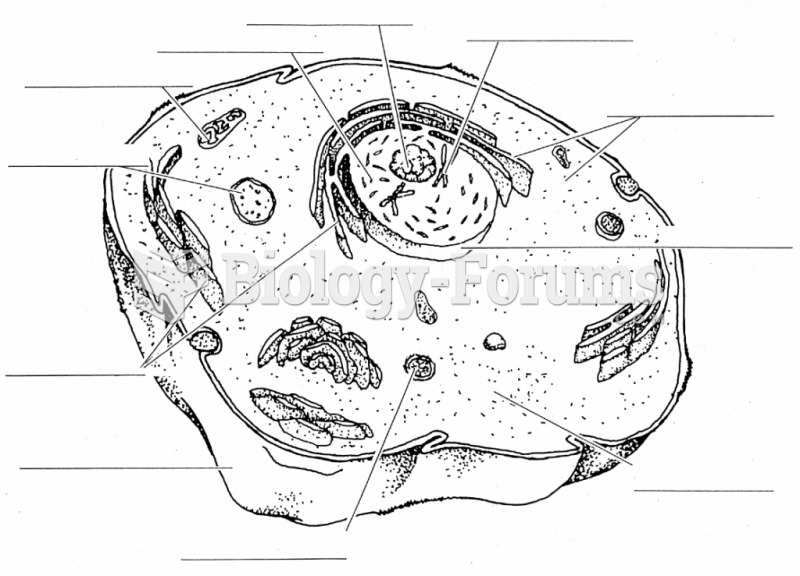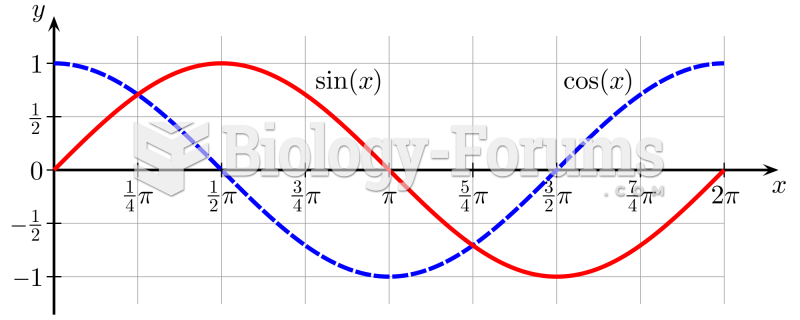Shock wave lithotripsy is an example of ________.
Fill in the blank with correct word.
Question 2
The patient is an 18-year-old female who presents to the emergency room complaining of RLQ pain. She said the pain started suddenly in the middle of the night and woke her up. The pain is sharp, and constant. She describes it as a 10 of 10. She says her belly feels full, and there is pressure. The abdomen is swollen. She also said that her breasts hurt. The patient underwent an appendectomy when she was 10, so that cannot be the cause of her pain. The physician ordered an abdominal ultrasound. An ovarian cyst about the size of an orange was noted on the right side. Owing to the intense pain the patient was experiencing, the physician felt that a wait and see approach was inappropriate in this case. A gynecologist was called in to consult. After viewing the ultrasound and labs, the gynecologist believed the cyst was caused by an abscess. The patient and the gynecologist discussed various treatment options and the patient elected to have the cyst drained via laparoscopy. The risks and benefits of the procedure were explained to the patient, and she consented. The patient was brought to the OR where general anesthesia was induced. After making two stab wounds and inflating the abdomen, the gynecologist entered the peritoneal cavity with the scope. The cyst was identified and the contents were aspirated. The procedure went well and the patient left the OR in good condition. The fluid was analyzed using a rapid strep test and was identified as strep B. Antibiotics were started. The patient will be discharged home in a few hours. She is to continue on the antibiotic for two weeks and follow up with the gynecologist in the office in one week.
Dx: Ovarian abscess
Procedure: Aspiration of abscess
What is the code for the Principal/first-listed diagnosis:
Secondary diagnosis:
Answer the following questions about the procedure:
Under what section of the PCS manual would this procedure fall?
What is the Body System?
What is the Root Operation, and how is it defined?
What is the Body Part and what is its value?
What is the Approach and what is its value?
What is the Device and what is its value?
What is the Qualifier and what is its value?
What is the complete code for this procedure?
Why is the Device value 0 NOT assigned to this procedure?







